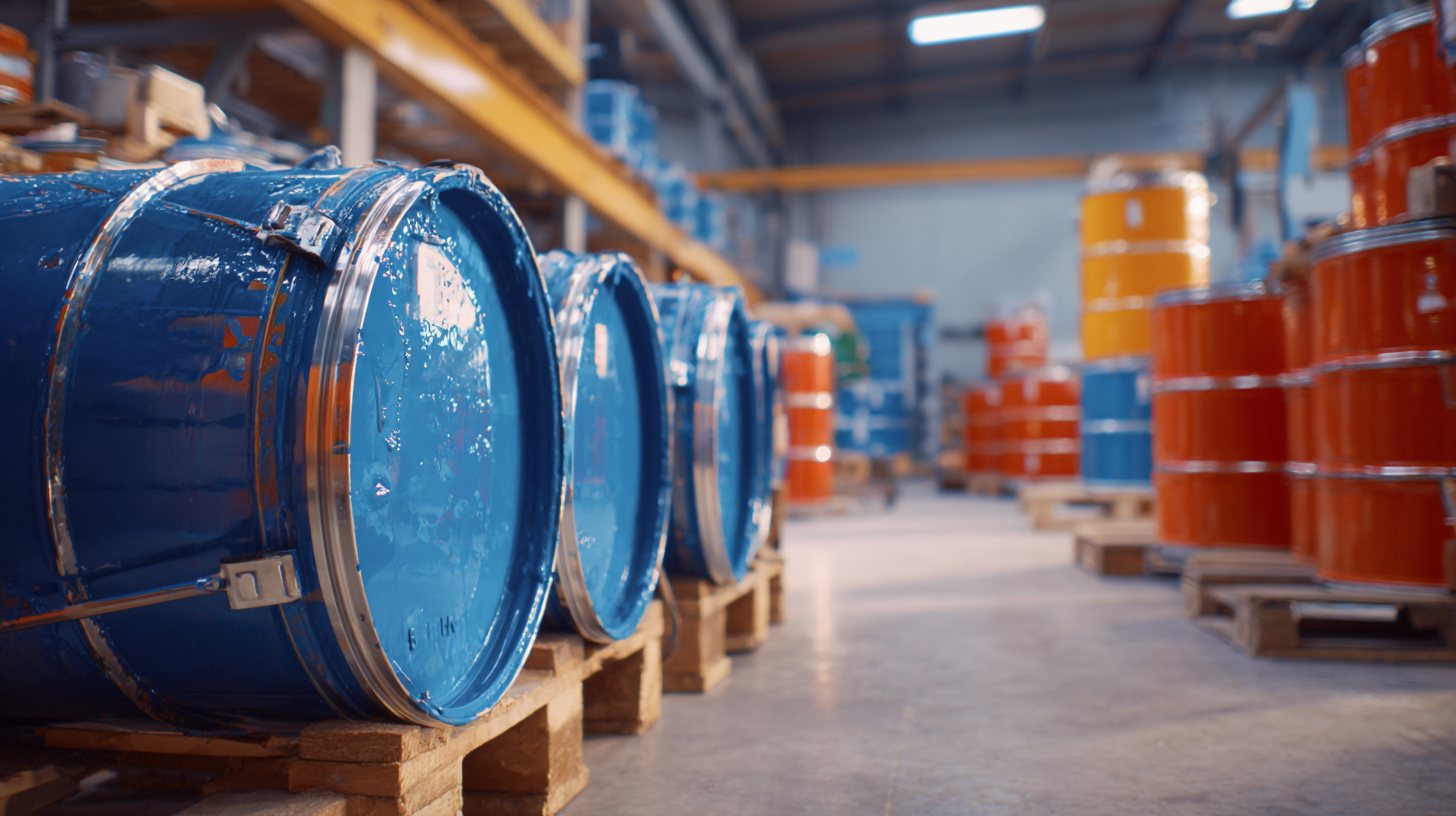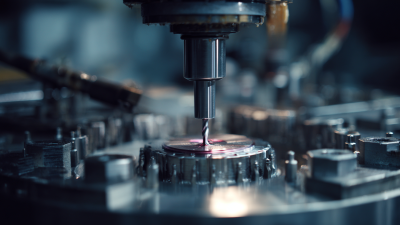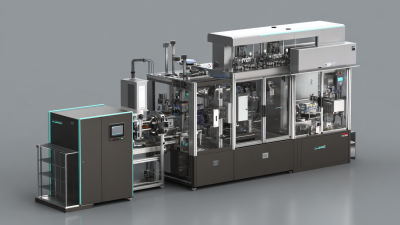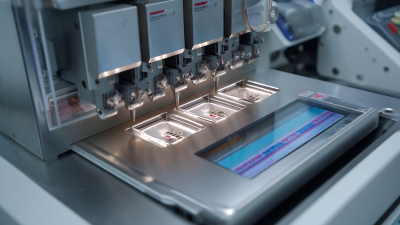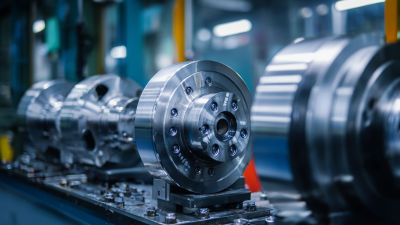In the rapidly evolving landscape of manufacturing, the importance of efficient and effective Industrial Painting Equipment cannot be overstated. As industries strive for higher standards of quality and productivity, innovative techniques are emerging to enhance performance in painting applications. This article delves into cutting-edge advancements and best practices that are transforming the way industrial painting is approached. From automated systems that streamline the painting process to environmentally friendly coatings that improve durability and compliance, these innovative methods not only boost efficiency but also reduce waste and operational costs. By integrating digital technologies and smart solutions into industrial painting operations, companies can achieve superior results and maintain a competitive edge. In the following sections, we will explore actionable tips and insights that highlight the significance of embracing these innovations in Industrial Painting Equipment for optimal success.
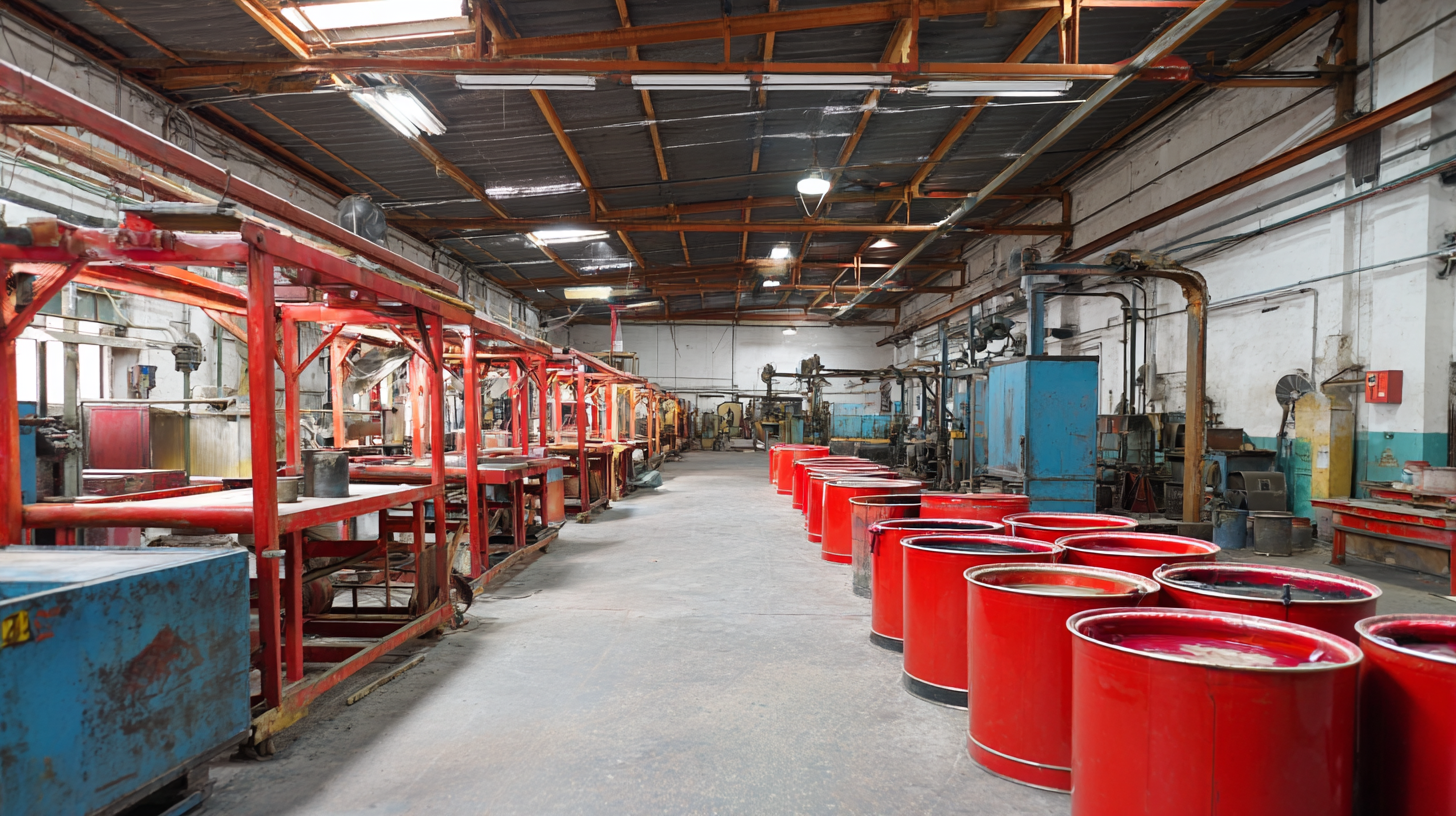
Innovative techniques in industrial painting equipment are transforming the painting landscape, enhancing not only efficiency but also the quality of finishes. Understanding the fundamentals of these innovations reveals the integration of advanced technology, like robotic arms and automated spray systems, which have shown to increase productivity by up to 30% as reported by the Global Association of Paint Manufacturers. These advancements enable more precise application, minimizing material waste and reducing the overall environmental footprint, aligning with industry sustainability goals.
When considering upgrades to your industrial painting operations, keep these tips in mind: first, assess your current equipment's capabilities and identify areas where automation can provide efficiency gains. Transitioning to digital monitoring systems can offer real-time data analysis, allowing for adjustments on the fly and improving overall output quality. Secondly, invest in training for your operators to ensure they are well-versed in the latest technologies and techniques, which is crucial for maximizing the benefits of new equipment.
Staying abreast of industry trends is vital. According to the latest industry report, companies that adopt innovative painting technologies experience 15% lower operational costs over time. Emphasizing creativity and adaptation will not only enhance performance but also position your business favorably in an increasingly competitive market.
Advanced coating techniques have revolutionized the industrial painting sector, significantly enhancing the durability of coatings applied to various surfaces. These innovations not only improve protection against environmental factors but also promote longevity in industrial equipment. Techniques such as electrostatic spraying and powder coating are gaining traction, offering superior adhesion and thickness uniformity, which are critical for extending the lifespan of painted components.
**Tip:** When considering coating options for your industrial equipment, assess the specific environmental challenges your equipment will face. For example, harsh chemicals or extreme temperatures may necessitate specialized coatings to ensure optimal performance.
Another groundbreaking method is the use of nanotechnology in coatings, which allows for the creation of ultra-thin barriers that resist corrosion and wear. These advanced coatings can enhance surface hardness while maintaining flexibility, making them suitable for a variety of applications. Furthermore, advancements in spray technology have increased transfer efficiency, minimizing waste and providing a more even finish.
**Tip:** Regular maintenance and inspection of coated surfaces can identify wear early, allowing for timely repairs that can save costs and prolong equipment lifecycle.
| Technique | Description | Durability Improvement | Cost Effectiveness | Application Area |
|---|---|---|---|---|
| Electrostatic Spray Painting | Utilizes charged paint particles for a more even application. | Increases resistance to chips and scratches by 30%. | Reduces overspray waste and maximizes paint usage efficiency. | Automotive, Furniture, Industrial Equipment |
| Powder Coating | Applies a dry powder that forms a tough finish when cured. | Offers superior UV stability and corrosion resistance. | Lower material costs and minimal waste. | Metal Parts, Appliances, Architectural Elements |
| DIP Coating | Submerges objects in coating material for complete coverage. | Provides a thick, uniform layer that is highly protective. | Economical for mass production due to speed. | Electrical Components, Tools, Fasteners |
| Ceramic Coating | Utilizes a heat-resistant ceramic layer for enhanced durability. | Increases heat and abrasion resistance significantly. | Higher upfront costs but longer lifespan reduces overall expenses. | High-Performance Engines, Aerospace Components |
| Nano Coating | Applies a molecular layer that increases surface properties. | Enhances water and oil repellency and reduces dirt adherence. | Minimal consumption for maximum effect leads to cost savings. | Consumer Electronics, Medical Instruments, Textiles |
The industrial painting sector has seen a substantial shift towards automation, driven by the necessity to maximize efficiency and reduce operational costs. According to the 2022 Industrial Coatings Market Report, automated painting solutions can enhance production efficiency by up to 30% compared to traditional methods. These systems leverage robotic arms and advanced spray technology, allowing for consistent application and reduced material waste. Furthermore, automated equipment minimizes human error, leading to a more uniform finish and higher-quality outputs.

In addition to improved application efficiency, these technologies significantly reduce downtime associated with manual painting processes. A study by the National Association of Manufacturers indicated that companies adopting automated painting equipment experienced a 20% decrease in turnaround times. The integration of data analytics in automated systems also enables real-time monitoring and adjustments, ensuring optimal performance and mitigating issues before they escalate. This innovative approach not only boosts productivity but also empowers manufacturers to respond swiftly to market demands, solidifying their competitive edge in an evolving industry landscape.
When selecting industrial painting equipment, it is crucial to consider the specific application to ensure optimal performance and efficiency. Different industries require varying types of coatings and techniques, which can significantly influence the choice of equipment. For example, a manufacturing facility focusing on heavy machinery may benefit from high-pressure airless sprayers for thicker, more durable coatings, while a food processing plant may need specialized low-pressure systems to prevent contamination.
**Tips:** Always assess the viscosity of the paint or coating you're using, as this will determine if you need high-pressure or low-pressure equipment. Additionally, consider the size and intricacy of the items being painted; larger surfaces might require automated systems to enhance efficiency, while detailed work may necessitate more manual or precise tools.
Moreover, the environmental conditions of the workspace can also affect equipment choice. Humidity, temperature, and ventilation must all be factored in to ensure that the paint adheres properly and cures as intended. For instance, in high-humidity areas, selecting equipment that can accommodate faster drying times or specialized formulations becomes essential to avoid issues like dripping or uneven finishes.
**Tips:** Invest in a humidity and temperature gauge to monitor conditions and adjust your equipment settings accordingly. Regularly maintaining and cleaning your equipment also extends its lifespan and guarantees consistent performance, regardless of the application demands.
The integration of smart technology in industrial painting equipment marks a significant advancement in performance monitoring. With the introduction of IoT-enabled devices, operators can now access real-time data on various parameters such as paint viscosity, spray patterns, and equipment efficiency. This immediate feedback allows for quick adjustments to be made during the painting process, ensuring a higher quality finish while minimizing waste and rework.
Moreover, the implementation of predictive analytics enhances operational efficiency further by foreseeing maintenance needs. Advanced sensors can detect anomalies and wear, sending alerts before they escalate into costly breakdowns. This proactive approach not only reduces downtime but also extends the lifespan of the equipment. As manufacturers increasingly adopt these innovative techniques, they position themselves at the forefront of the market, capable of delivering superior quality and performance in their industrial painting operations.
